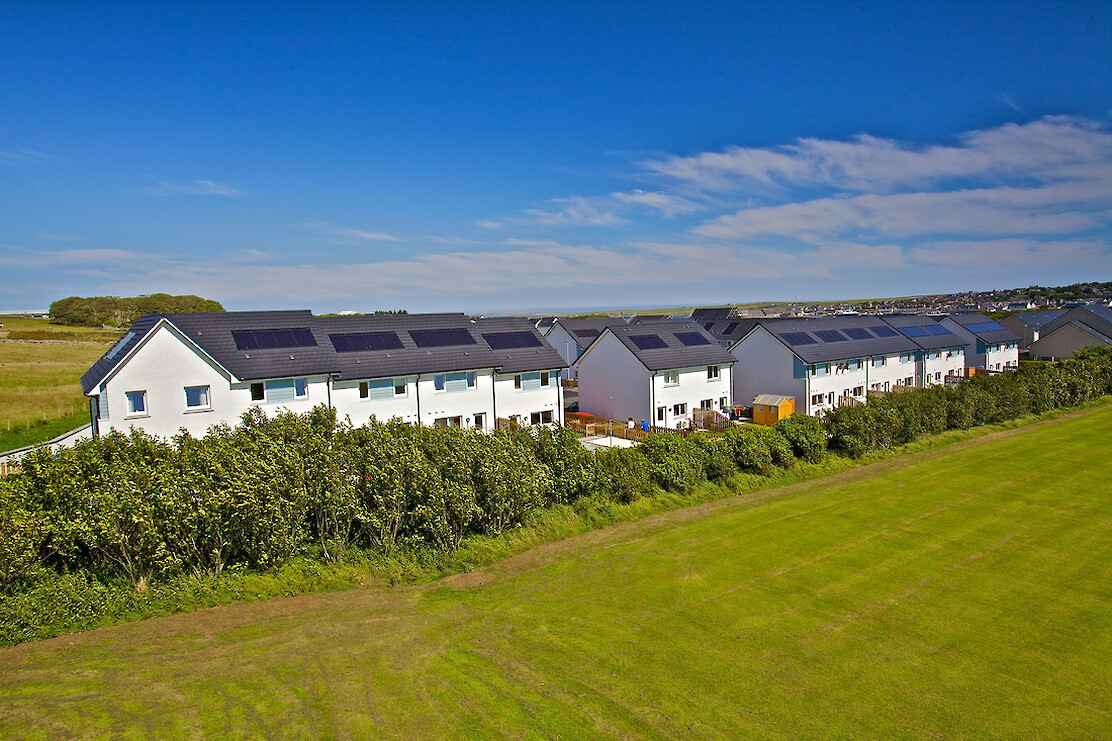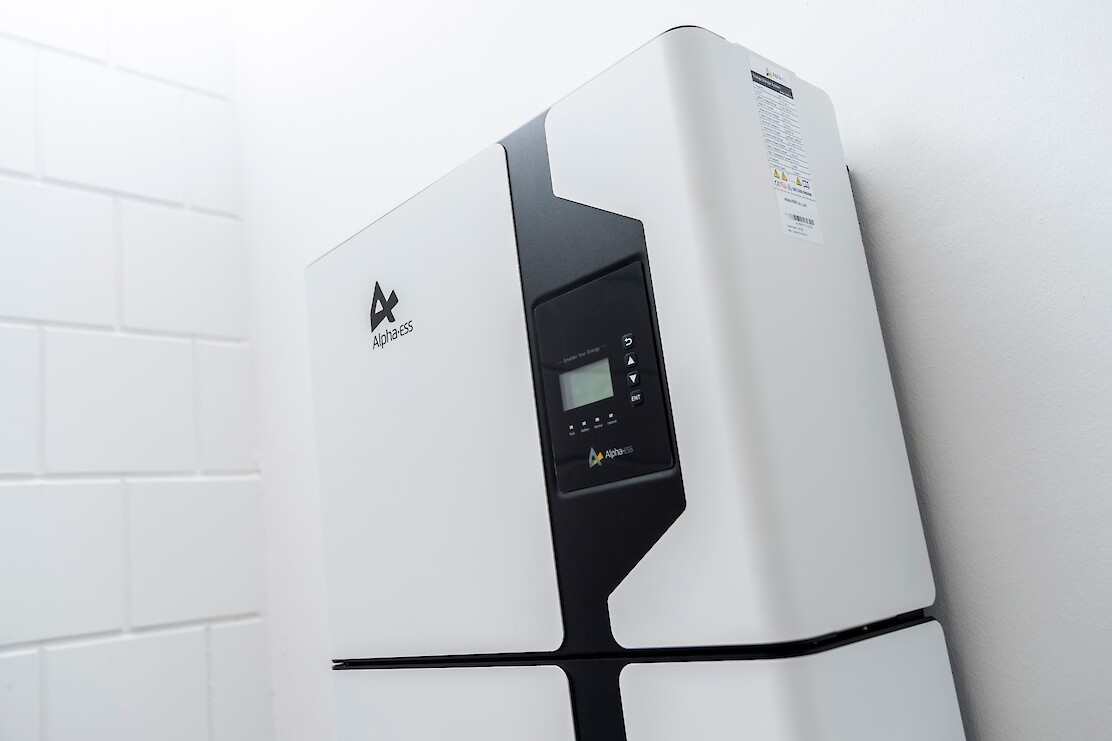

Published on May 5th 2021
Through ReFLEX, more than 350 Orkney residents have now taken the first step in generating and storing their own electricity: applying for a grid connection.
If you are one of our applicants, you may be wondering what happens next. To answer, it is helpful to explain more about Orkney’s electricity network and how your microgeneration affects the grid.
What is a grid connection?
When installing a battery or new solar panels and connecting them to the electricity grid a physical connection is required. To secure a grid connection a set of processes must first take place in order for the grid operator to ensure the grid connection is safe, as seen in the graphic below.

ReFLEX is submitting grid applications on behalf of customers who have formally notified us of their interest through signing a Letter of Authority. It usually takes around three months from the application phase to a connection offer.
What is Active Network Management?
Grid connection is an essential component of installing microgeneration no matter where you live. However, Orkney already produces more electricity than it uses in a year thanks to renewables. In order to manage this large amount of locally generated electricity SSEN (who own the electricity network in Orkney) have been using an Active Network Management system or the ‘ANM’. The ANM measures how much electricity is going through key points in the network in real-time and figures out how much generation the network can handle.
If the wind is blowing but there isn't much demand for electricity then the network might not be able to cope with all of the generation. In this case the ANM system may look to ‘curtail’ generation by turning off a wind turbine until there is enough space on the electricity network.
What makes Orkney an interesting place to create a smart local energy system?
Orkney is both a particularly interesting and also particularly challenging place to create a smart local energy system, in part down to the existence of the ANM.
Since 2012, the Orkney ANM remained closed to grid applications for new generation, only reopening in September of last year. As the network is already ‘generation constrained’ (i.e. has a large amount of renewable generation) ReFLEX’s proposals to add up to 700 domestic solar and battery systems could be considered as adding further constraints on the local grid.
However, ReFLEX is attempting to do things differently. Part of the aims of the project are to show how intelligent management of generation, demand and energy storage could actually relieve constraints on the network. This intelligent management of generation, demand and energy storage is sometimes referred to within the energy sector as ‘flexibility’. To increase flexibility within the system, new assets like solar and batteries will be remotely managed and controlled by the integrated energy system control platform, FlexiGrid.
If these aims are achieved, the installation of new assets alongside a smart control platform, will demonstrate how a more intelligently managed system could reduce the need for expensive grid network upgrades.
What happens next for grid applicants?
ReFLEX has submitted grid connection applications for around 350 properties to date. Once an application has been submitted the network operator (SSEN) will usually provide a connection offer within three months.
Connection offers will come back to ReFLEX with associated connection costs and timeframes for each. Depending on multiple factors (such as location on the grid) the connection offer may range from being very simple to a highly costly and technical infrastructure upgrade. It is difficult to predict where these network upgrades may be required so, until the connection offers have been received, there is no way of knowing for sure whether installing battery and solar in any single property is viable.
In some properties, infrastructure upgrades and higher costs will be unavoidable. ReFLEX cannot guarantee that these connection costs will be covered. In those instances, we may look to remove the property from the application, change the type of grid connection (e.g. to an export limited connection) or provide an option for individuals to cover the costs themselves if they would like to go ahead with installation.
Once the battery and/or solar panels are installed, they will be actively monitored and controlled by the FlexiGrid platform, which in turn will be in constant communication with the ANM system. It is on this basis that the grid connection will be secured and maintained.
For those with submitted grid applications, we appreciate your patience and will update you on the progress of your application as it progresses. If you have any questions regarding your application, please feel free to contact the ReFLEX customer engagement team.
Orkney remains at the cutting edge of energy innovation and with increasing amounts of renewable generation installed, the challenges faced and solutions identified within ReFLEX could become of increasing importance across the electricity network in Great Britain and internationally.
The ReFLEX community is an essential part of this, and we thank you for your continued support.



